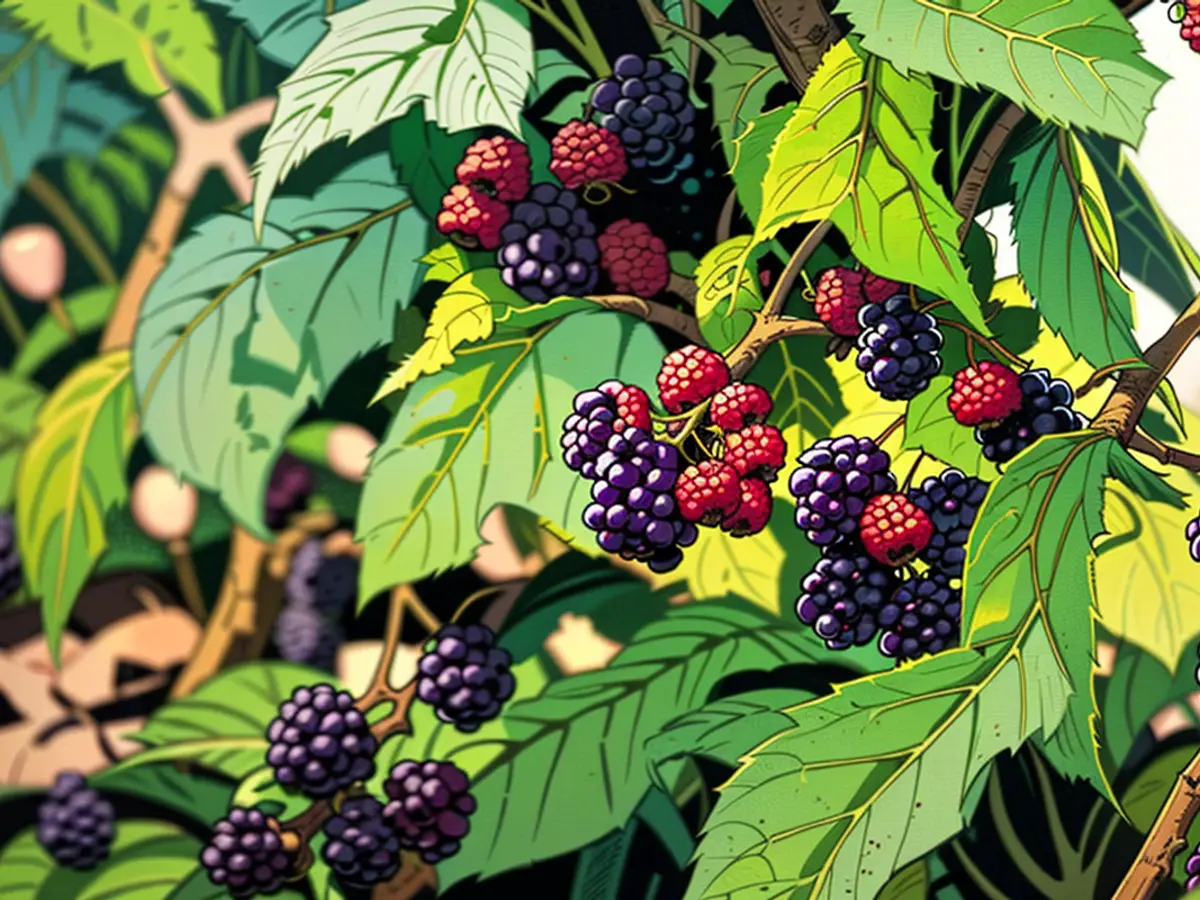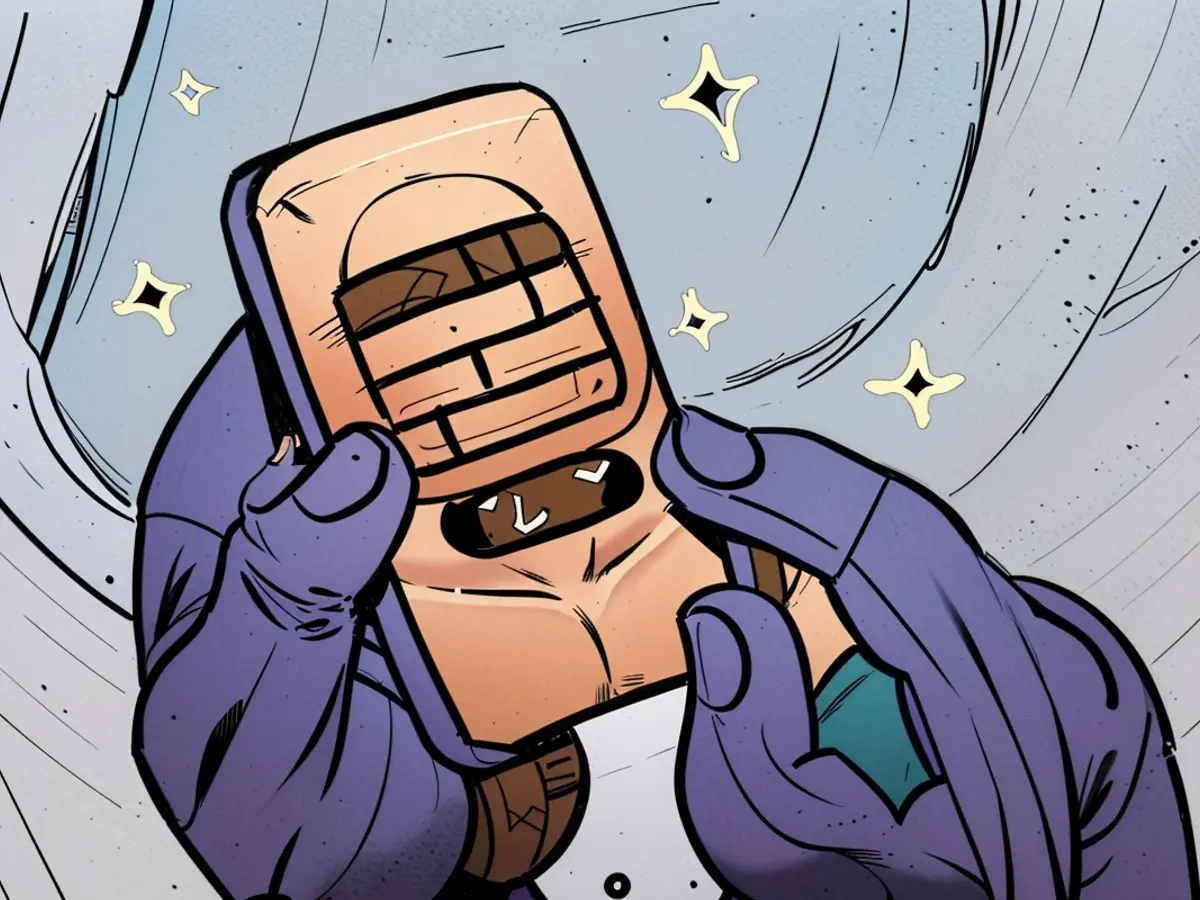All the Gardening Tasks You Should Do in August
August is an inflection point in the garden. It's too late to try to fix what went wrong—you just have to roll with what worked and focus on fall. You can begin to finally enjoy the best spoils of summer: tomatoes, peppers, and corn. Days are full of the "best berries," which are, if you ask me, blackberries, boysenberries and black caps. Walking around the garden, you can start to see the long road to fall cleanup ahead of you. If you're like me, the garden can look chaotic this time of year, with plants spilling over the sides of garden boxes making paths hard to navigate and trellises overwhelmed with greenery. It's time to start the cleanup.
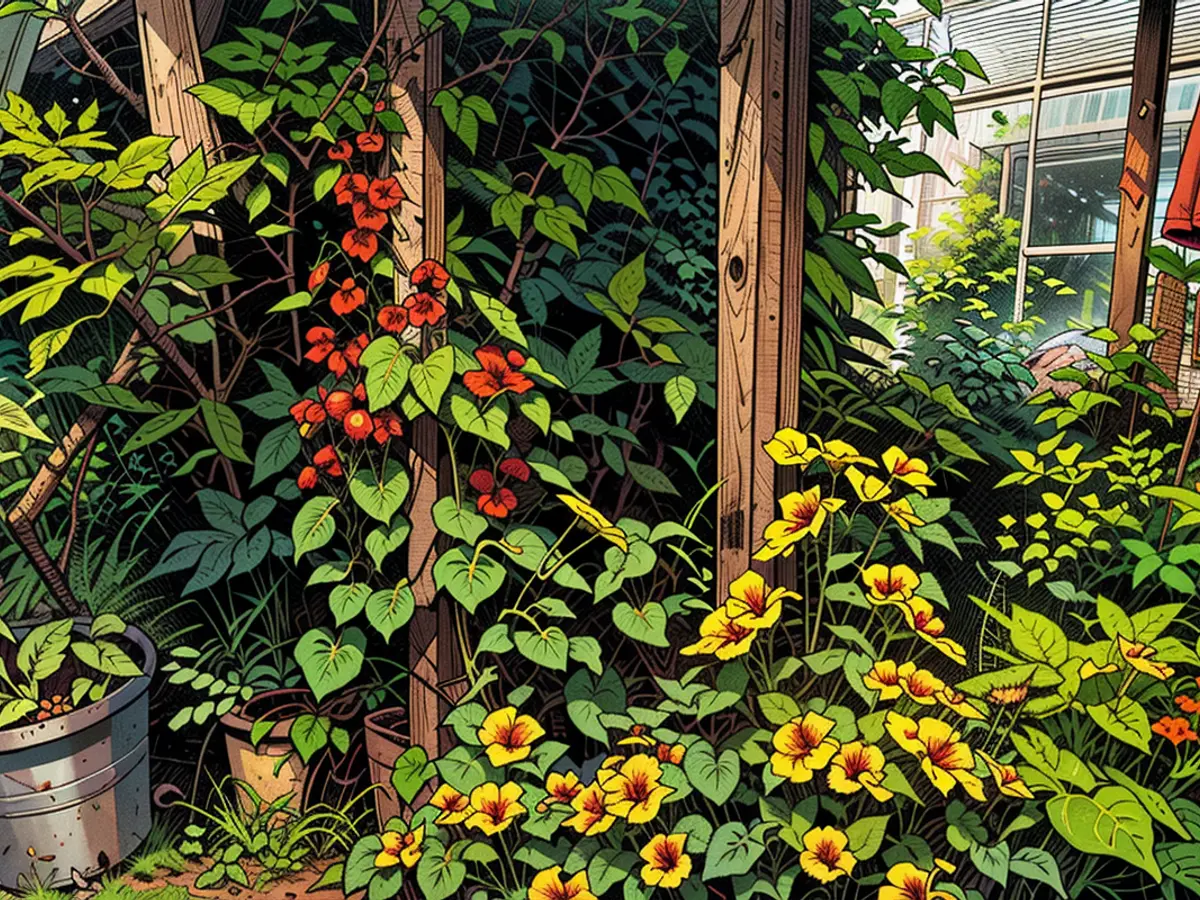
It's straight-up chaos in the garden right now. Credit: Amanda Blum
Berry cleanup
If you haven't tackled your strawberry bed yet, it's time to do so. Each year I mow over my strawberry bed so that it will stop producing runners and focus on root growth. While I don't thin my strawberries, you can, but I think it's best left for fall. Once the strawberries are cut back, I provide a good dose of slow-release fertilizer and mulch the bed over. I use wood chips, but straw will work, and I've actually loved using leaves in the past.
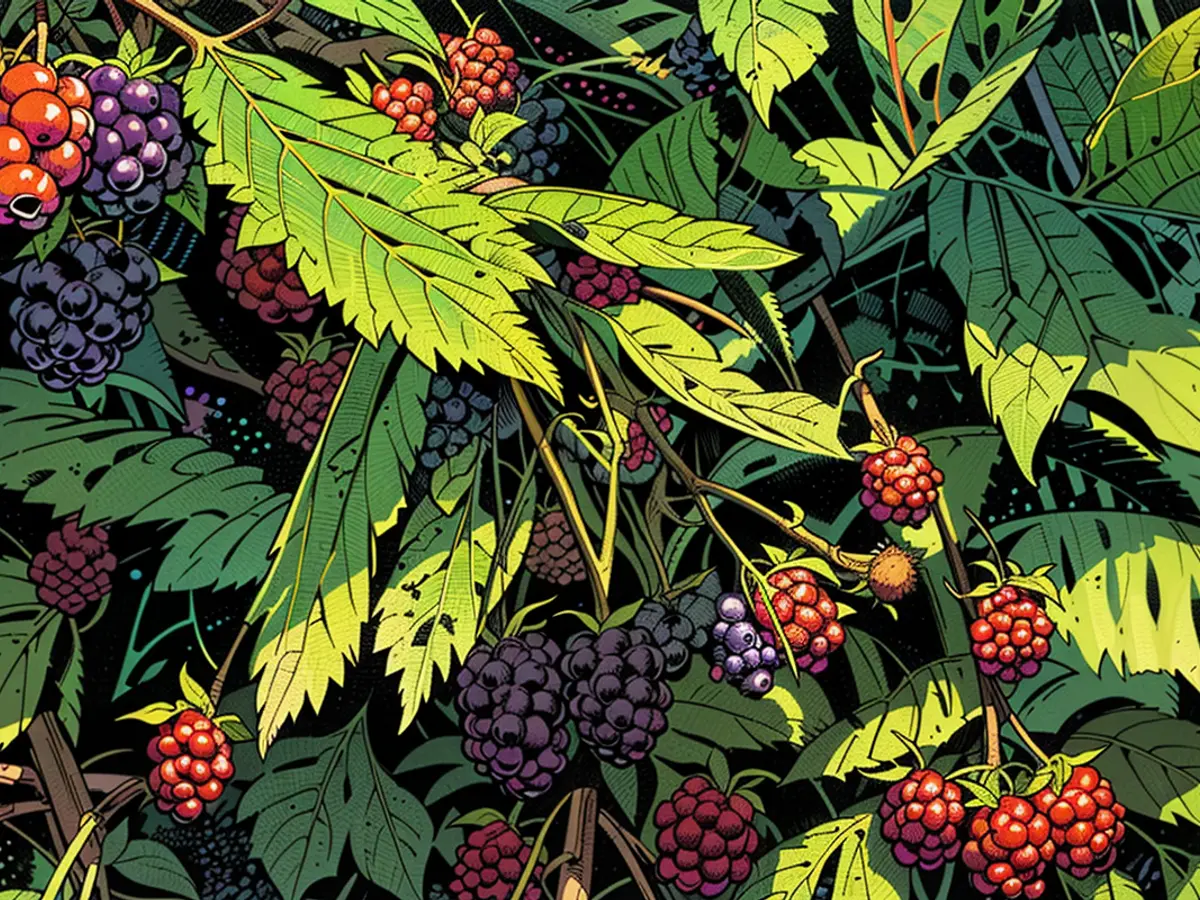
Credit: Amanda Blum
I made the critical mistake last year of waiting too long to prune my raspberries, and paid a price. You want to prune them now, when you can clearly see the difference between green vines and brown ones. The brown are second year and should be cut to the ground. I cut all of them down to six feet, and make sure they are back in neat rows, tucked between the trellis. As soon as blackberries and boysenberries are done for the season, I'll do the same. The rows will get a slow-release fertilizer and then I give the rows a healthy dose of compost and then mulch.
Once your blueberries are done fruiting, it's time to step back and examine the bush. You want to stick to four really strong new branches, and prune the rest, so that you're getting nice big berries instead of lots of tiny berries. You want to ensure none of the branches cross or grow inward, so choose judiciously. Blueberries want special acidic fertilizer that your garden store will stock just for bluebs and azaleas.
Fruiting trees
I am enjoying the first-ever harvest from my plum trees this year right now, and I'm sure many of us are doing the same with peaches and pluots and other stone fruit. Cherry season, however, is over, and it's important to prune your sweet cherry tree before the first rains start to prevent bacterial disease. This should be a thinning pruning only, meaning that you will only cut entire shoots all the way back to the originating branch, and you don't want to be heavy-handed with this process. The goal is an open canopy. Other cuts can wait for winter when the plant is really dormant. I've been impressed with the growth of my four-way cherry this summer, and I'm champing at the bit to do some necessary culling of the limbs.

There aren't a lot of cherries, but they're all mine. Credit: Amanda Blum
Plant your lawns
I've long discussed my distaste for traditional lawns and am quite happy with my clover lawn, but regardless of which methodology you choose, late August and September are prime reseeding and planting for lawns—so start planning now. Consider if you need to aerate your lawn, what seed you'll need and most importantly, how you'll keep it adequately watered.
Deadhead and collect seeds, and prune flowering shrubs and vines
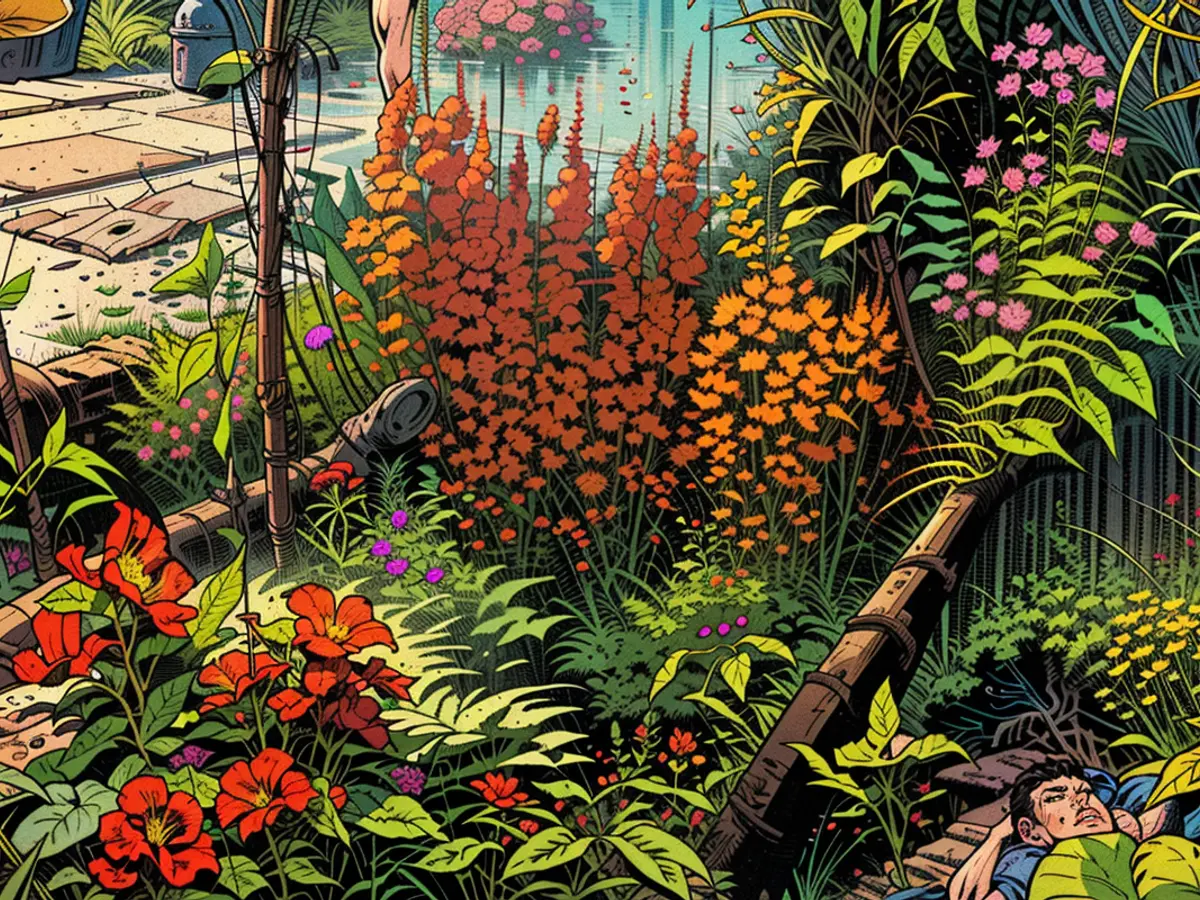
Credit: Amanda Blum
I spend time every morning sweet talking the snapdragons and zinnias to keep them alive for the next six weeks and encouraging more growth by deadheading and cutting full stem blooms from them. Deadhead roses at least once a week, and if you don't want foxgloves and hollyhocks everywhere next year, cut the stems as they go dry and carefully remove those seed spillers from the garden. Your coneflower and blanketflower will flourish with some tough love deadheading as well. However, as you move about the garden, be sure to collect seeds from those flowers and plants that you love and want to propagate or share. Poppies will be dry about now, and sunflowers might start being fully formed, as well as seeds from your arugula, celery, lettuce and herbs.
As for pruning, your aspirational roses need a reality check about now, so take them back by about a third to reinvigorate them.
Deal with pests
By now, the nasturtiums have conquered my garden in such volume that aphids don't stand a chance. Cabbage moths are a different story, however. While I will never be someone who can just clap them to death between my hands, I always have a giant butterfly net nearby to catch them. Once I have, I place the net on the ground and stomp them. There are no redeeming characteristics to cabbage moths; they are just here to eat your pretty, pretty brassicas. Be bold in your pursuit.
Harvest your fruits and vegetables
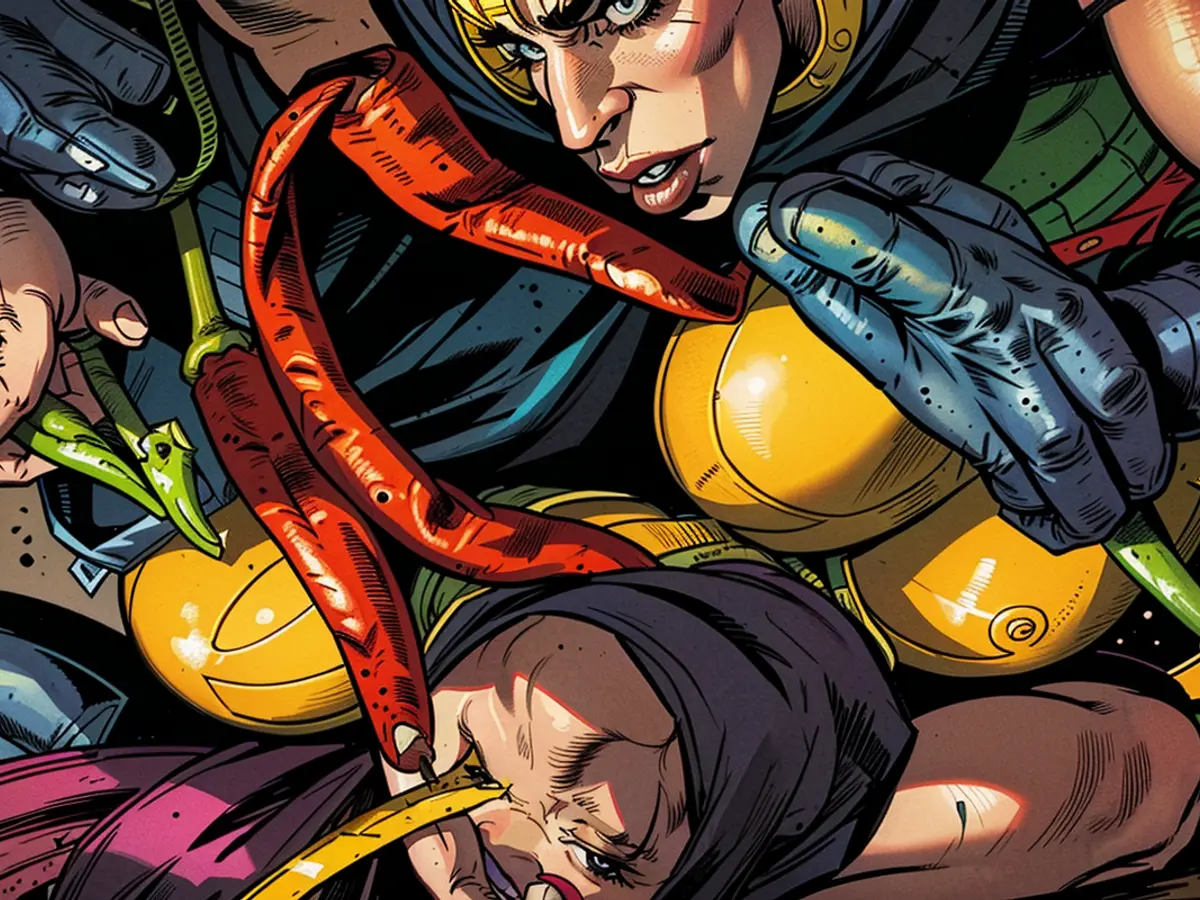
Credit: Amanda Blum
We're nearing the end of the summer harvest, but consistently pulling fruit and vegetables means that the plants will get the message to produce more. When tomatoes show signs of ripening, pull them. The only good that can come of leaving them to "vine ripen" is exposing them to sunburn and pests. Cucumbers become bitter when left too long. No one wants your seven-pound zucchini.
Clean up and plant for fall
As you turn areas over from summer crops, clean the space of weeds, get a layer of compost on, and start planting for fall. Brassicas galore, more lettuce, more radishes, more beets, and onions everywhere. Be liberal with Sluggo if you live someplace with slugs or snails. Get some fall peas into the ground.
Check your irrigation
August is brutal; even with my irrigation I occasionally need to hand water as well. Most importantly, check your irrigation once a week to ensure that there are no leaks or burst lines.
Take notes
The single most important task you can do this month is get your garden notebook out and write observational notes for next year. You will forget every smart thought you have while out in the sun this month, so preserve those notes for next year's planning: where you'll rotate crops to, what trellises worked and didn't, what to plant more or less of, where you need more color, which varieties worked and didn't. These notes are essential for seeing improvement year to year.
In August, cleaning up your berry bushes is crucial. Cut back your strawberries, prune your raspberries, and prepare your blueberries for fall. At home, this means spending time in your garden, mowing over the strawberry bed, pruning raspberries, and examining your blueberry bush.
As your fall garden tasks begin, don't forget to clean up your August harvest. Dispose of any remaining tomatoes, cucumbers, and zucchini that have gone past their prime. At home, this means checking your refrigerator and compost bin for any rotting fruits or vegetables that need to be discarded.
